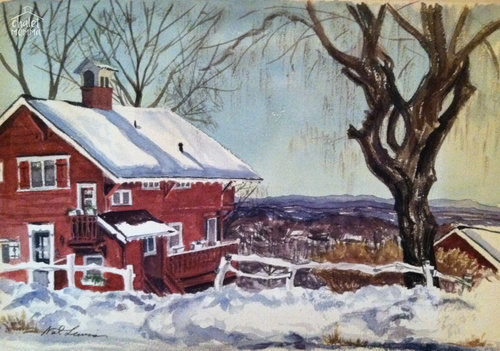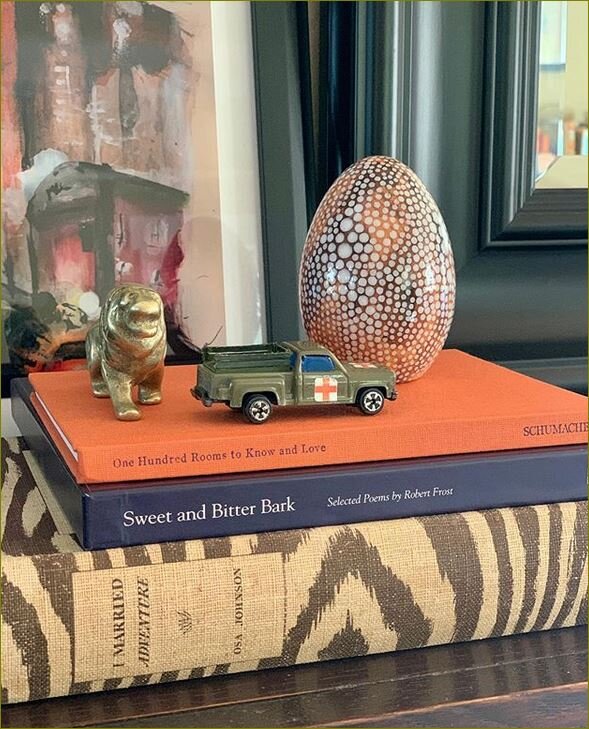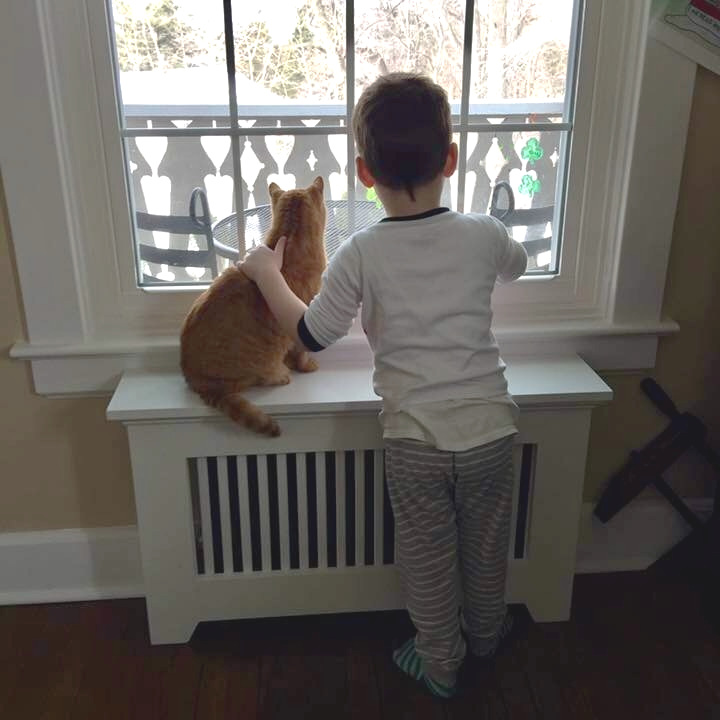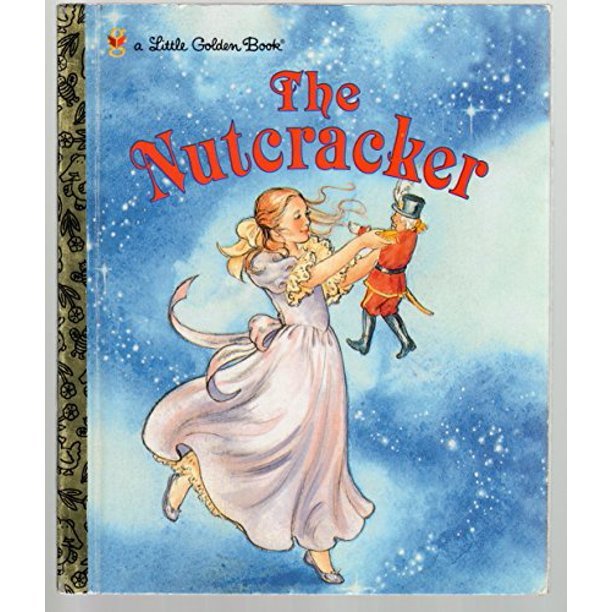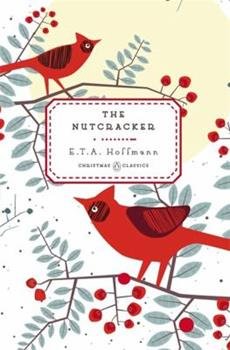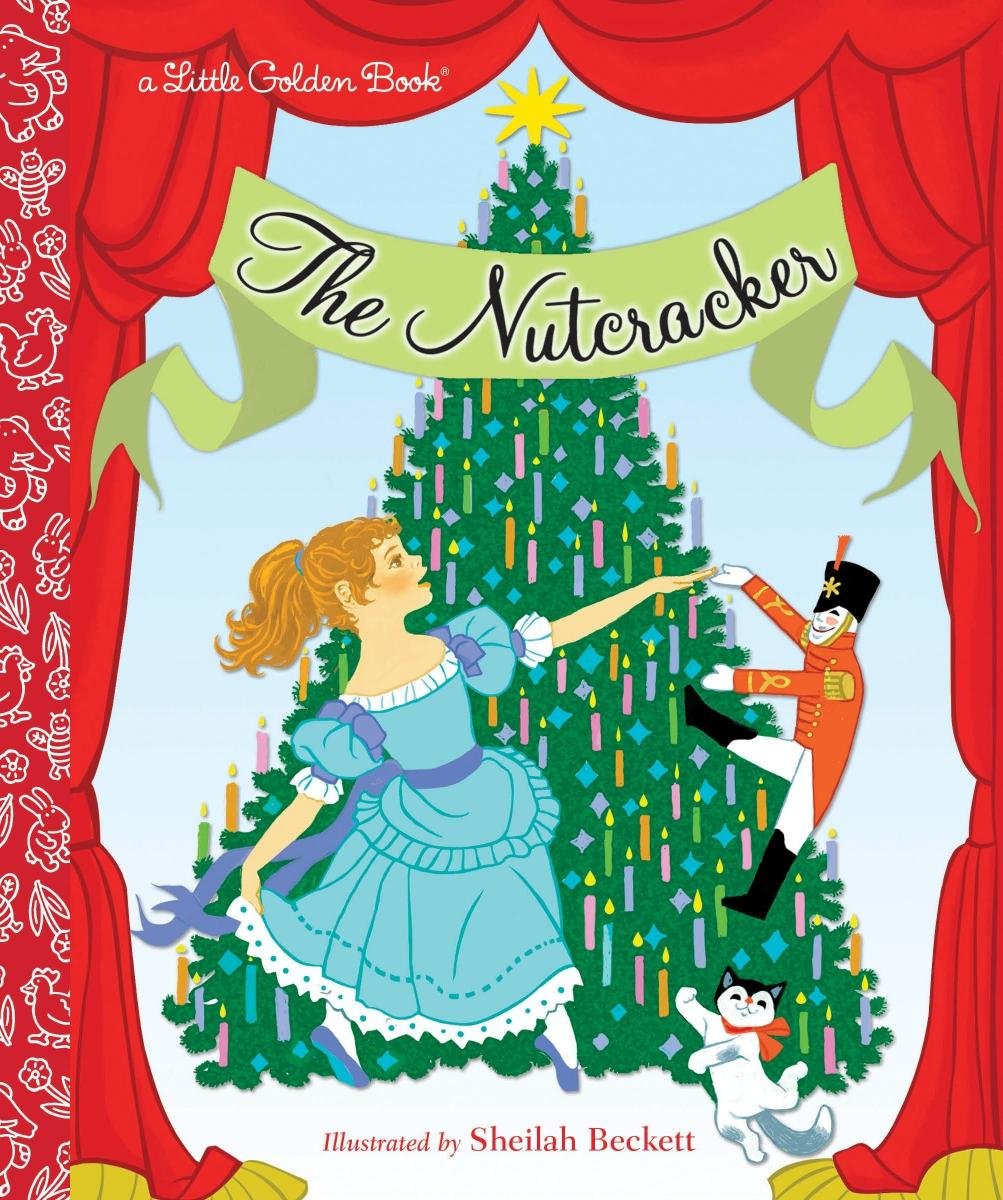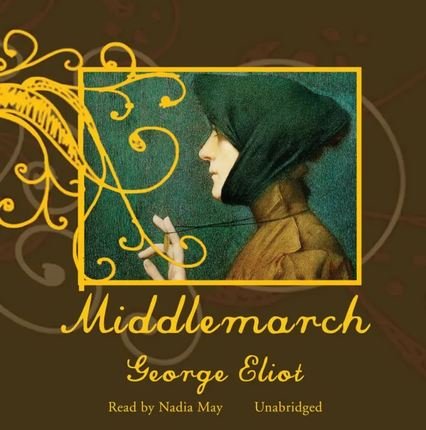Noble Nutcrackers
/Hi Friends ever since I was young I’ve loved Nutcrackers. This week I’m sharing a bit of history about this wonderful folks!
Heritage
These dolls were first made in the 1700s. Carving these intricate wooden nutcrackers became the livelihood of the people of the Erzgebirge region of Germany.
The Nutcracker stems from German folktale. The story states that a farmer offered a reward to anyone who could help him crack the walnuts that grew on his tree. A carpenter told him to saw the nut in half, while a soldier told him to shoot the nut but, it was a puppet maker who brought him a brightly painted doll with a strong jaw that could be used to crack the walnuts. The farmer rewarded the puppet maker by giving him his own workshop.
It is also said that nutcrackers bring good luck and protect the house by keeping evil at bay and protecting the houses occupants. It’s typical for a German home to have a tiny soldier on the mantle to protect the property and its household from bad spirits.
Christmas Association In 1816, E.T.A Hoffmann’s book The Nutcracker and The Mouse King. It’s a tale of how, on Christmas Eve, a girl’s beloved nutcracker comes to life and defeats an evil mouse king. The figurine then brings her to a magical kingdom full of dolls. Nutcrackers designs became more Christmas-themed.
The Steinbach Family
For over 200 years, the Steinbach company have been making nutcrackers. Christian Steinbach grew the company after World War II and became the King of Nutcrackers. The company was the largest importer of Nutcrackers into the United States. After his death in 2008 the company went through tough times and in 2015 the company went bankrupt and the factory was shut. Rico Paul learned of the bankruptcy and the shutdown. He knew the Steinbach brand and the beautiful nutcrackers needed to be salvaged. Together with employees, customers and suppliers, he created a concept to keep the tradition alive and since 2015 Steinbach is once again a leader of Nutcrackers in the world.
Book The Nutcracker and the Mouse King written by E.T.A. Hoffmann is about the young Marie Stahlbaum's favorite Christmas toy a Nutcracker. The Nutcracker comes alive and defeats the evil Mouse King in battle and then whisks Maria away to a magical kingdom populated by dolls. It was published in 1816 in Berlin as part of the collection Kinder-Mährchen, Children's Stories by In der Realschulbuchhandlung.
Ballet The Story of a Nutcracker premiered the week before Christmas 1892. It was adapted by Alexandre Dumas from the E.T.A. Hoffmann book; choreographed by Marius Petipa and Lev Ivanov with a score by Pyotr Ilyich Tchaikovsky.
Tchaikovsky accepted the commission from director of Moscow’s Imperial Theatres Ivan Vsevolozhsky in 1891. He wrote a friend while composing the ballet “I am daily becoming more and more attuned to my task.” While composing the music Tchaikovsky is said to have argued with a friend who wagered the composer that he could not write a melody based on the notes of the octave in sequence. Tchaikovsky asked if it mattered whether the notes were in ascending or descending order, and was assured it did not. This resulted in the Grand Adage from the Grand Pas de Deux of the second act where Clara dances with her Christmas present, the Nutcracker Prince.
The story is of a girl Clara who is given a nutcracker by her uncle Drosselmeyer. Her brother Fritz breaks the toy much to Clara's grief. In the middle of the night, Clara comes to check on her nutcracker and all of the sudden mice fill the room and the nutcracker grows into a life size person. A battle between the Nutcracker and Mouse King ensues and mice ensue. The Nutcracker is victorious slaying the Mouse King. After the mice retreat, the nutcracker turns into a prince. Together he and Clara walk into the forest with snowflakes dancing around them. They travel to the Land of Sweets where the Sugar Plum Fairy has been ruling until the return of the prince. In honor of Clara saving the prince, different sweets and delicacies dance for her. The Prince and Clara are crowned rulers of the Land of Sweets. Its a coming of age story.
Although the original production was not a success, the 20-minute suite Tchaikovsky extracted from the ballet was. Tchaikovsky's score has become one of his most famous compositions in the world.
The Christmas ballet was first performed outside Russia in England in 1934. It made its American debut in 1944 when it was performed by the San Francisco Ballet, staged by William Christensen who had been George Balanchine’s student.
The New York City Ballet first performed George Balanchine’s Nutcracker in 1954. After Mr. Balanchine’s staging the ballet grew steadily into the popularity it enjoys today.
We own a copy of this Nutcracker. I remember when it was shown on television for the first time. The equally beautiful Gelsey Kirkland and Mikhail Baryshnikov.
This nutcracker is from the recent Holiday House Tour I enjoyed. This was a lovely way to let visitors know the tour did not include the second floor.
I count myself lucky to own a few different Nutcracker books and I’m listening to the Nutcracker as I type.
I will be here in the Chalet listening to the music and viewing the ballet many more times over these holiday weeks.
Is the Nutcracker ballet or Nutcracker figurines part of your holidays?
I wish you the most wonderful Christmas and time spent with loved ones!
xoxo

